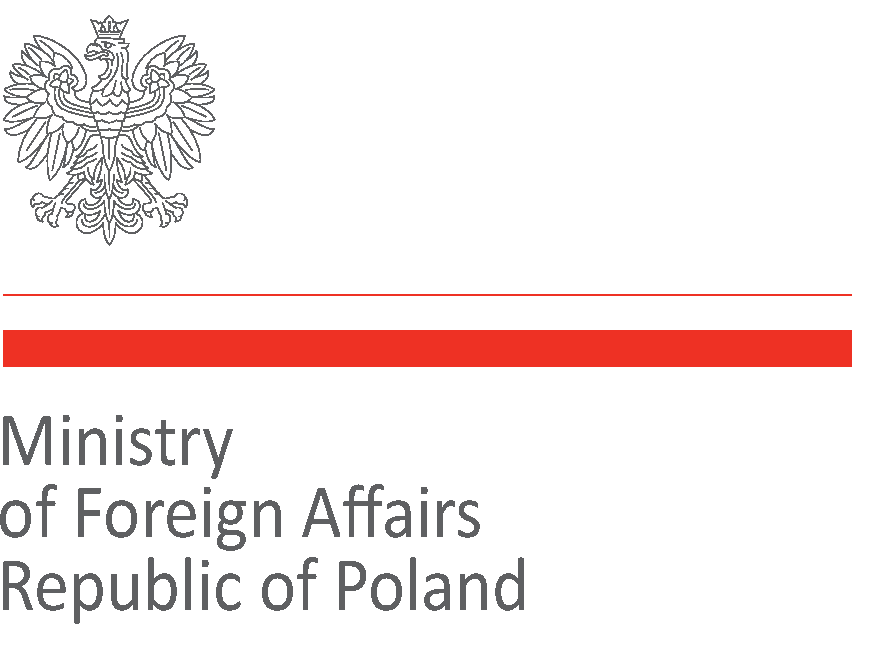He was born on 19 August 1893 in Warsaw, but spent his childhood in Łowicz where he attended secondary school. His participation in a school strike forced him to find another school. He finished his secondary education at the private E. Konopczyński school in Warsaw. Later, he graduated in economics from the Higher Commercial School. He combined studies with his activities in the Progressive and Independent Youth Union and also belonged to the Riflemen’s Association. In 1914, he joined the First Brigade of Polish Legions and fought in its ranks in World War I. As a result of the oath crisis, he was interned at Beniaminów. After his release, he continued to be active in the Polish Military Organisation. In November 1918, he was appointed Chief of Staff of the 9th Infantry Division of the Polish Army. After being transferred to the reserve, he became politically active within the Piłsudski camp. From 1924 to 1934, he was Deputy Minister of the Treasury, Vice-President of Bank Gospodarstwa Krajowego and also deputy to the Sejm from the Nonpartisan Bloc for Cooperation with the Government (1930–1933). On 30 July 1934, he was appointed Mayor of Warsaw; the tasks he was set included coming to terms with the city’s debt and strengthening government influence in the capital, which had hitherto been dominated by representatives of the National Party and socialists. He promoted social and economic development of the capital and soon won over the public, which was initially leery of him. He was also the author of the political assumptions which constituted the basis for the statutory framework for the capital’s self-government. He outlined a plan for the modernisation of Warsaw (1935) and a four-year development plan (1938), which was interrupted by the outbreak of the war. During the defensive campaign of 1939, he was Civil Commissioner at the Command of the Defence of the Capital. Owing to his excellent organizational skills and fervent radio speeches, he became in fact the leader of the city during its defence. After Warsaw had capitulated, he started organising underground administration structures. Arrested by the Germans at the end of October 1939, he was thrown in the Pawiak prison. Although plans for his escape had been made by the underground, he decided not to use them, fearing German retaliation against the inhabitants of the capital. He was soon transported to the Berlin Moabit prison and then to the concentration camp in Dachau where he was murdered in unclear circumstances, probably on 17 October 1943. He was the author of numerous economic papers expressing his statist orientation as well as paper articles on state policy and memoirs.
